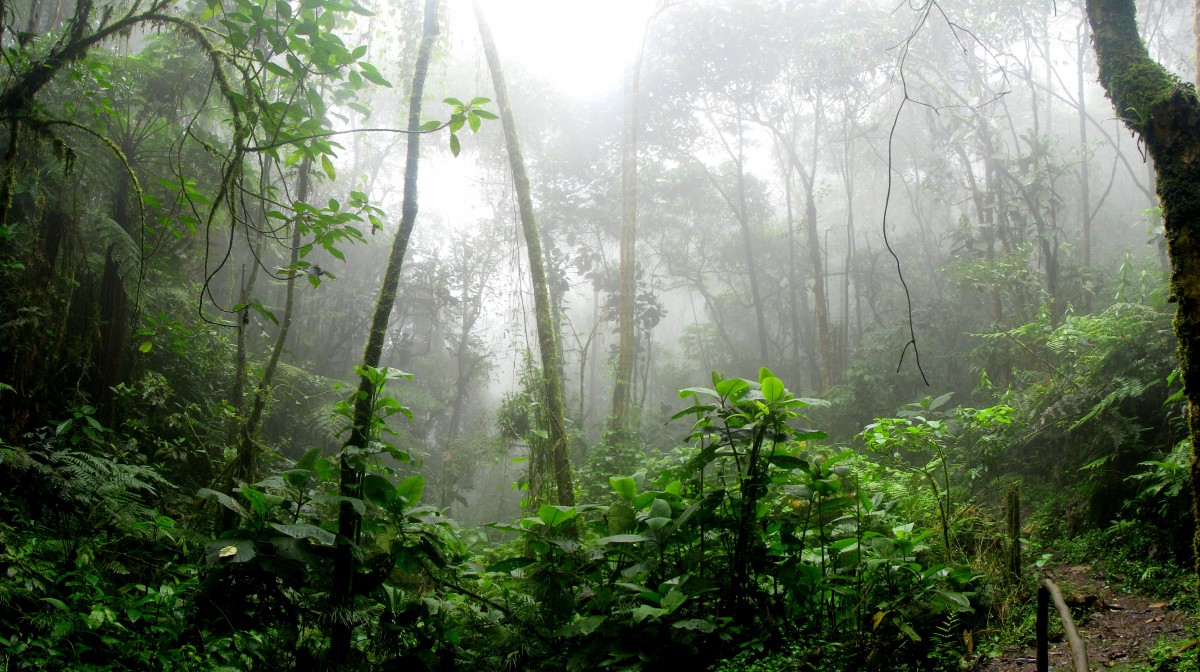
Setting aside land for nature conservation is a strategy that dates back centuries ago. During the 20th and 21st centuries, the number and extent of protected areas (PAs) around the world have increased, evidencing them as the main strategy to avert global biodiversity loss.
Currently, 15% of the Earth is covered by PAs. In 2010, parties of the United Nations Convention on Biological Diversity agreed to protect 17% of land and inland water and 10% of marine areas by 2020 (Aichi Target 11). Despite the initiative, scientists and practitioners have argued that area-based targets are not enough to ensure biodiversity conservation because they shift the focus of countries to rapid accumulation of sheer extent, neglecting important elements such as biodiversity representativeness and connectivity. As a result, protection tends to be residual, which means PAs are established in landscapes with the least suitability for extractive uses and, in many cases, facing the least threat to biodiversity. Brazil is the largest country in Latin America and holds the largest network of PAs in the world, reaching 18% of its terrestrial area and 25% of its marine territory set aside for nature conservation.
In a paper recently published in the scientific journal Biological Conservation, we provide a panorama of the current network of PAs in Brazil, examining the representation of the different habitats within PAs and the biases of protection in relation to slope (which reflects potential for extractive uses: flat slopes are more suitable for human uses) and land use intensity (as an indicator of the extractive potential of lands before the establishment of PAs), and determining whether biases vary among the six Brazilian terrestrial biomes. We measured protection bias by accounting for differences between PAs and the municipalities in which they were established, indicating the direction and strength of bias.
Our study demonstrates that, despite the considerable expansion of Brazil’s nature reserve system in recent decades, protection in most parts of the country has a residual nature: PAs were established in areas with steeper slope and, especially, lower land use potential. There is a global trend toward residual reservation to minimize cost and conflicts with extractive uses, with biases in protection commonly towards steeper, more arid, less fertile, and more remote land. Brazil, unfortunately, is no exception. These biases are striking for all biomes, except for the Amazon. Brazil has 18% of its continental territory under protection, but 70% of this area is in the Amazon. The other biomes in Brazil barely reach 10% of their territories protected by PAs and have a strong protection bias.
Considering habitat representation within biomes, PAs are relatively well allocated to protect 51% of them. However, 49% of habitats are underrepresented because of the PA system’s residual nature. Studies show that with the same cost and the same area, PAs could protect even more species than they do if they were established strategically, focusing on underrepresented species. This does not mean that PAs do not fulfill their role, only that their efficiency could be much greater, and biodiversity could be better protected. Studies of the impact of PAs in avoiding deforestation have shown that PAs have contributed to reducing land conversion in the Amazon and the Cerrado (the Brazilian savanna). What our bias results show is that PA impact on conversion could have been higher in the Amazon and much higher in the other biomes.
The politics of conservation in Brazil are very unstable and are not getting any better. The current Brazilian government has signaled that nature conservation will not be a priority after cutting more than 20% of the resources of the Ministry of the Environment, giving up hosting the United Nations COP-25, and threatening to loosen environmental licensing and reduce indigenous reserves. Brazilian environmental legislation must be empowered and properly enforced to ensure efficient management of existing PAs and the establishment of new ones in lands in most need of conservation.
Achieving a more effective reserve system in Brazil will be possible only with a sufficient amount of economic and human resources to define explicit and evidence-based conservation actions, to design PAs to achieve these objectives and ensure adequate implementation and management to obtain the best return of investments for biodiversity and people. All of this will be impossible if the government continues to cut resources from the environmental sector. The successful implementation of conservation policy also requires public support, so local communities should also be included, not only in decisions about the management plans of PAs but also in the planning beforehand.
Authors:
- Raísa Romênia Silva Vieira. Postdoctoral Researcher, Conservation and Biogeography Lab, Federal University of Goias, Brazil (E-mail: [email protected])
- Robert L. Pressey. Professor, James Cook University, Australia (E-mail: [email protected])
- Rafael Loyola. Scientific Director, Fundação Brasileira para o Desenvolvimento Sustentável & Professor, Ecology Department, Federal University of Goias, Brazil (E-mail: [email protected])









